Are you in the process of setting up, redecorating or renovating your home (or someone else’s) and now approaching the step where it’s time to set the color scheme? We know this can feel hard!
So many people choose to stay away from color and instead opt for white/gray/beige only because they don’t know how to choose complementary colors and fear creating a cluttered impression.
So how do you do it? How do you successfully put together a color scheme for a room, or home, that feels fun and personal – without a messy overall impression? There are several ways, and one tried-and-true method is to use the classic color wheel.
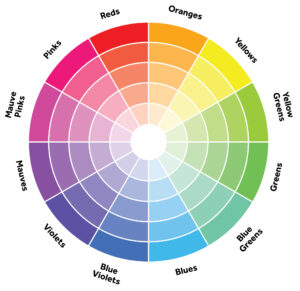
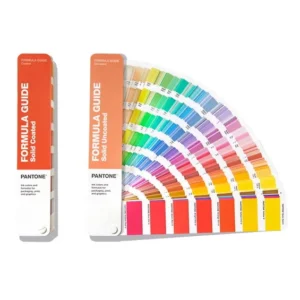
In this post, we’ve gathered a few different types of color schemes that can serve as a good starting point for those who want to work with color in their home, whether for themselves or for a project. And for all of them, we’ll be using the color wheel as our guide.
Complementary Color Scheme
A complementary color scheme means that you choose two contrast colors on the opposite side of each other in the color wheel. These combinations of colors will make each other pop! You can choose and combine any shade of the color, as long as they are on the opposite side.
Monochromatic Color Scheme
A Monochromatic color scheme is when you stick to one color but differents it in the room with a variety of shade of the color. This scheme can be really cool if you dare to do it, but it’s worth to note that it needs its differents shades to not appear flat.
Here are som beautiful examples of rooms and homes with a Monochromatic colors scheme:
Analogous Color Scheme
Triadic Color Scheme
To Summarize
The worst thing that can happen is that you need to repaint it again. 😊

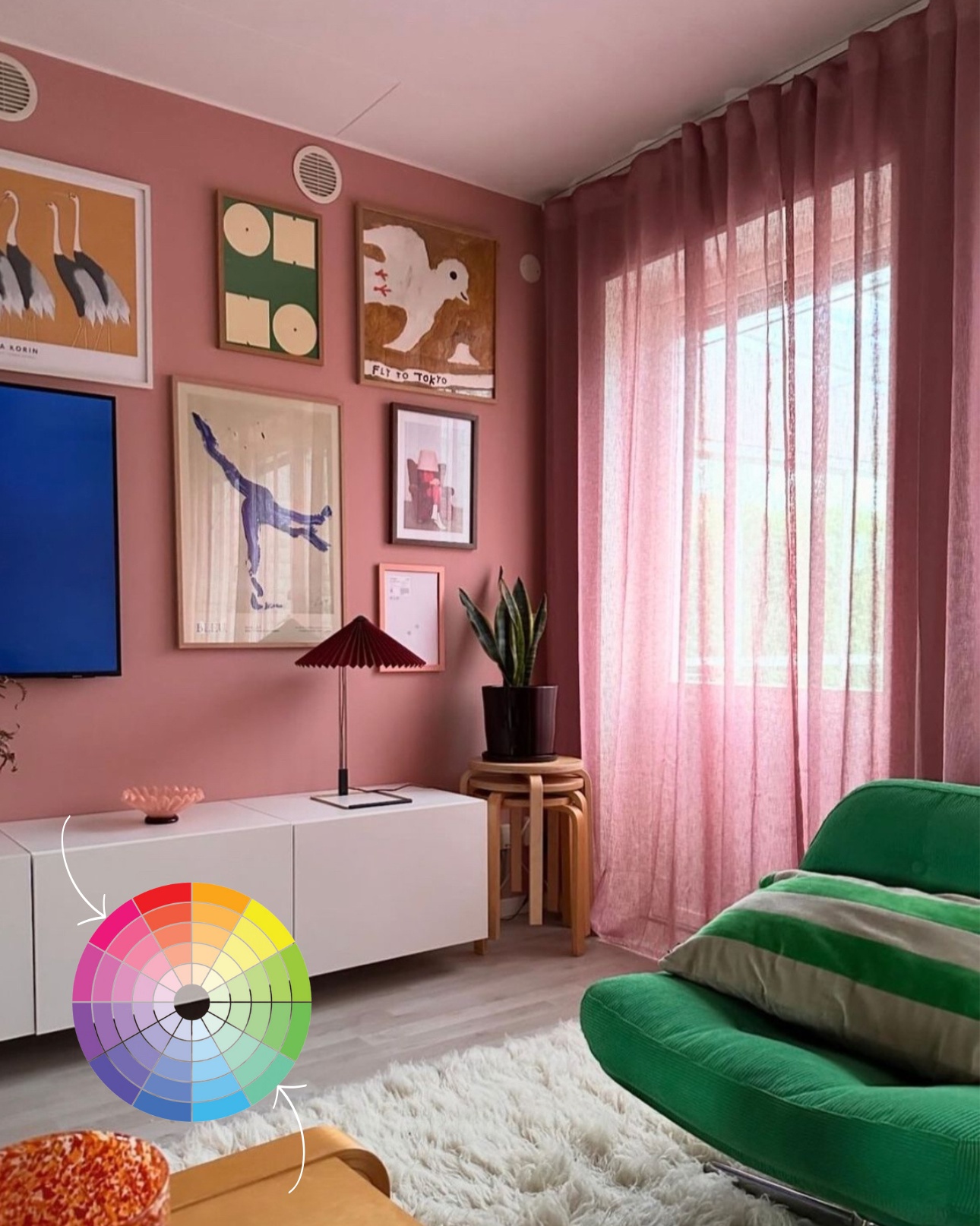
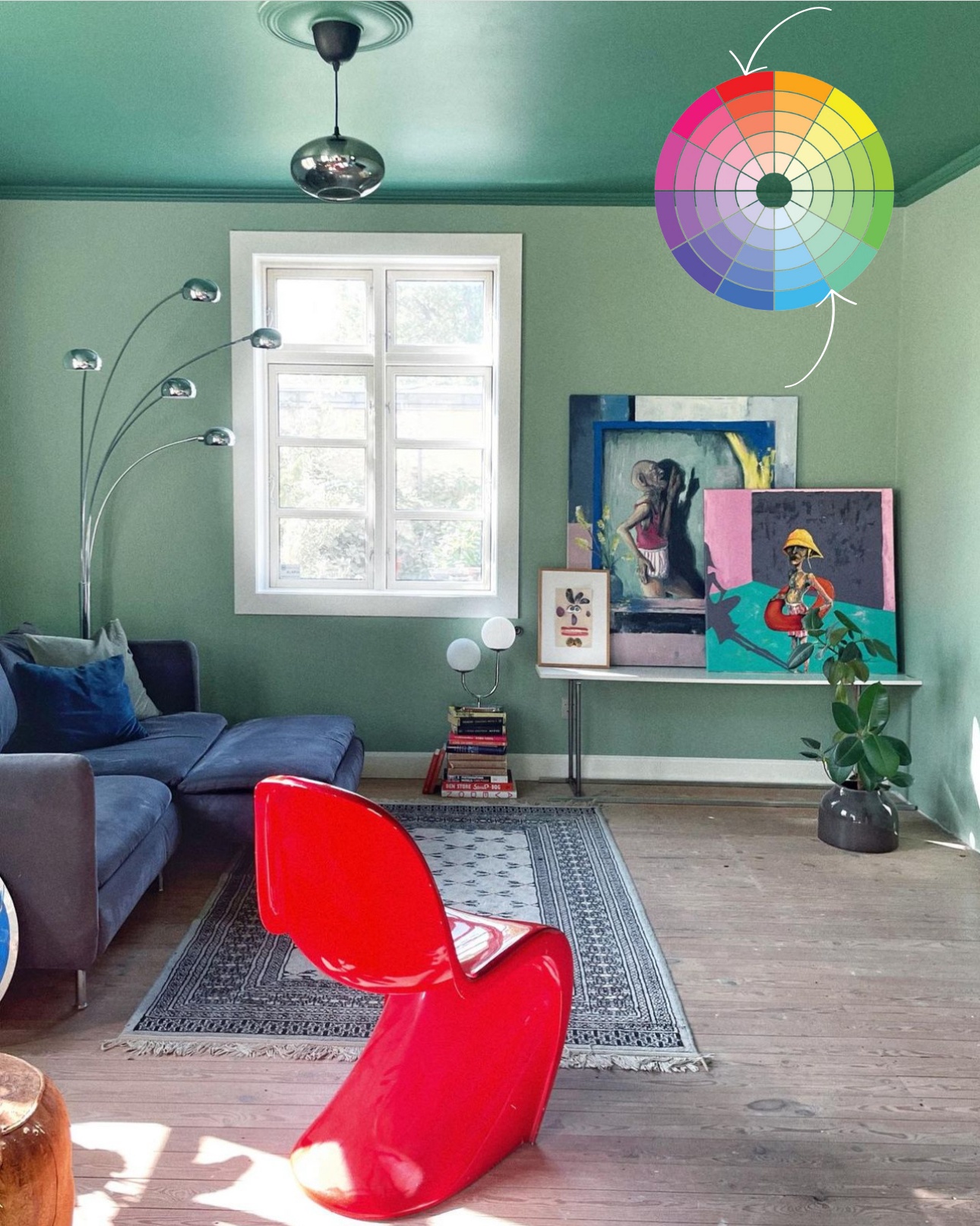
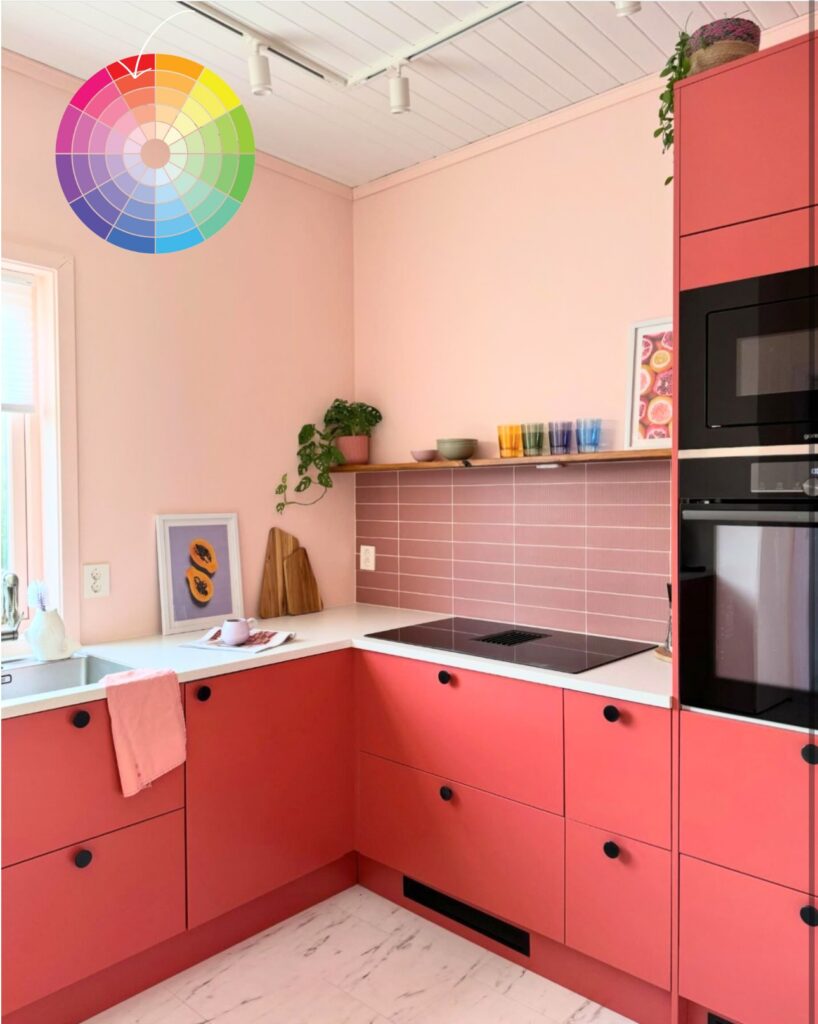
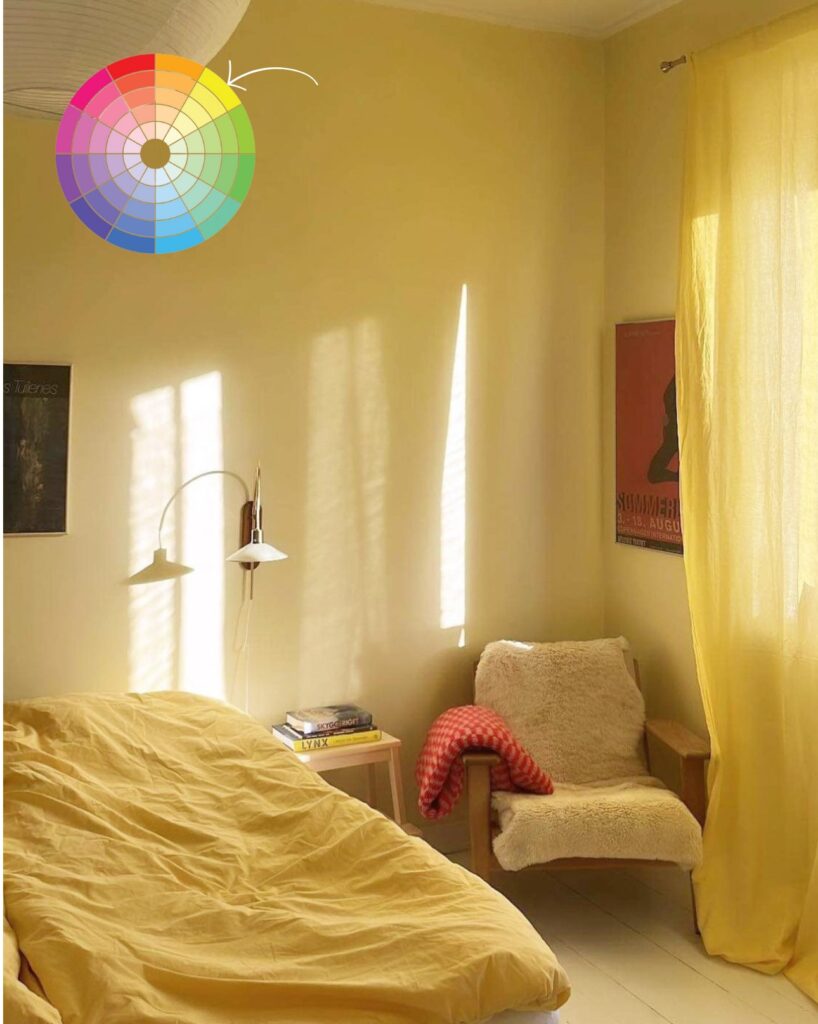


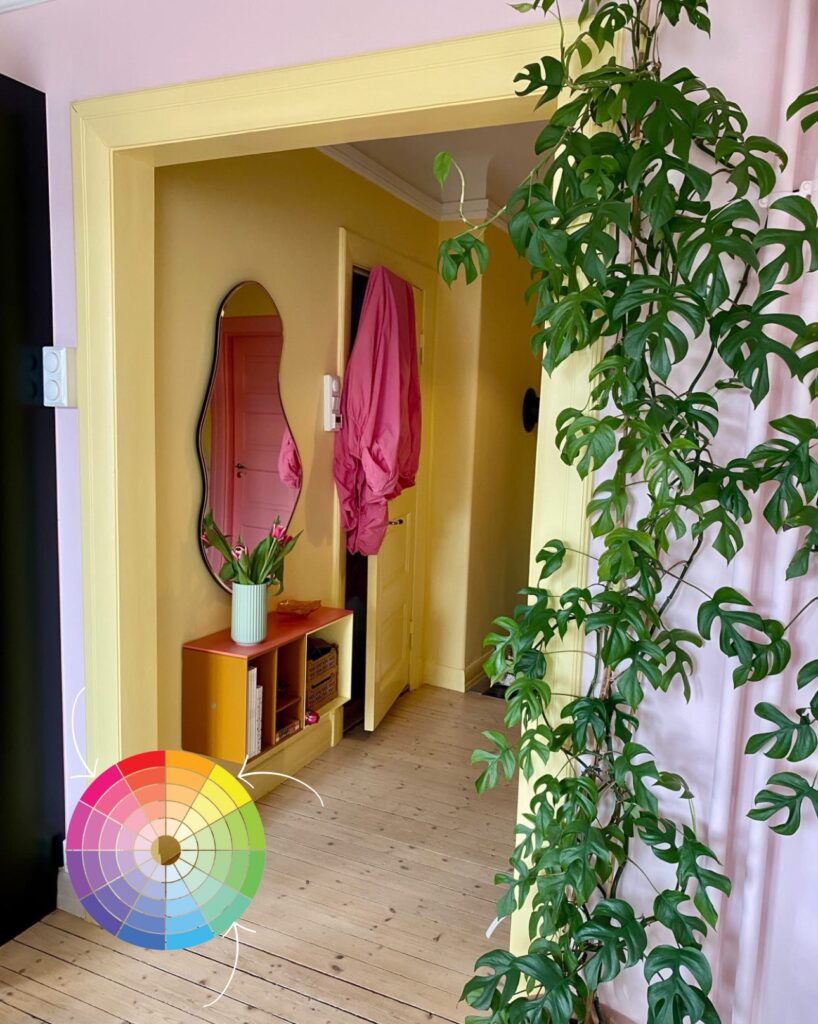


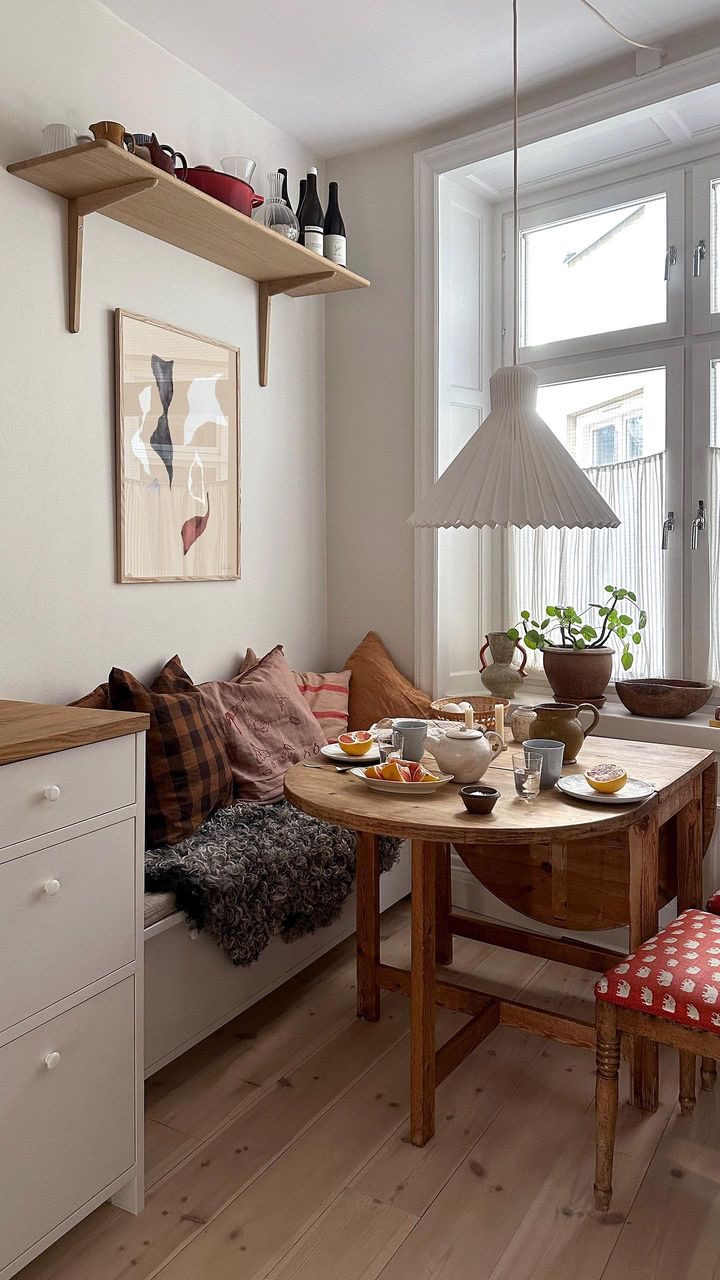
2 Responses